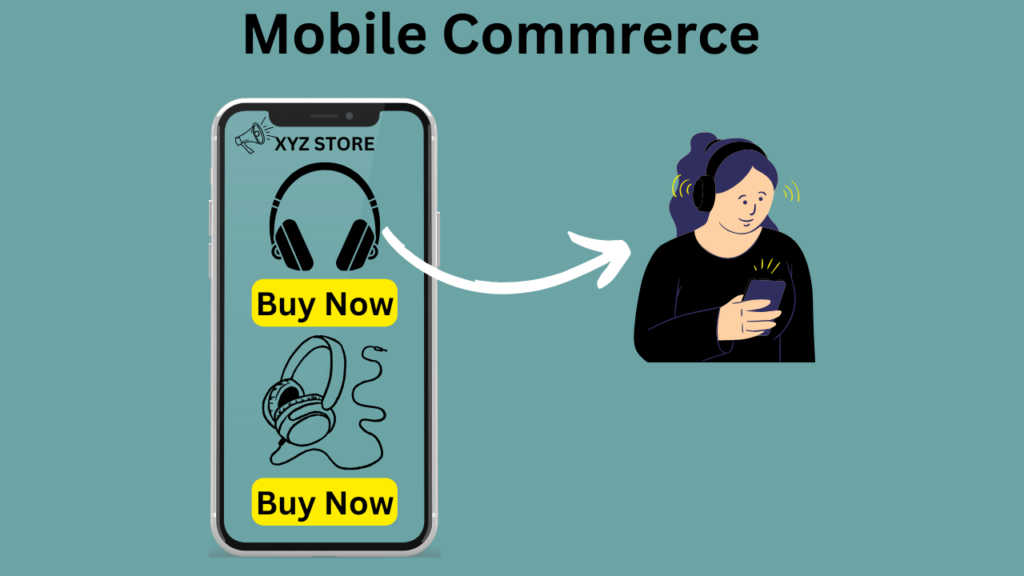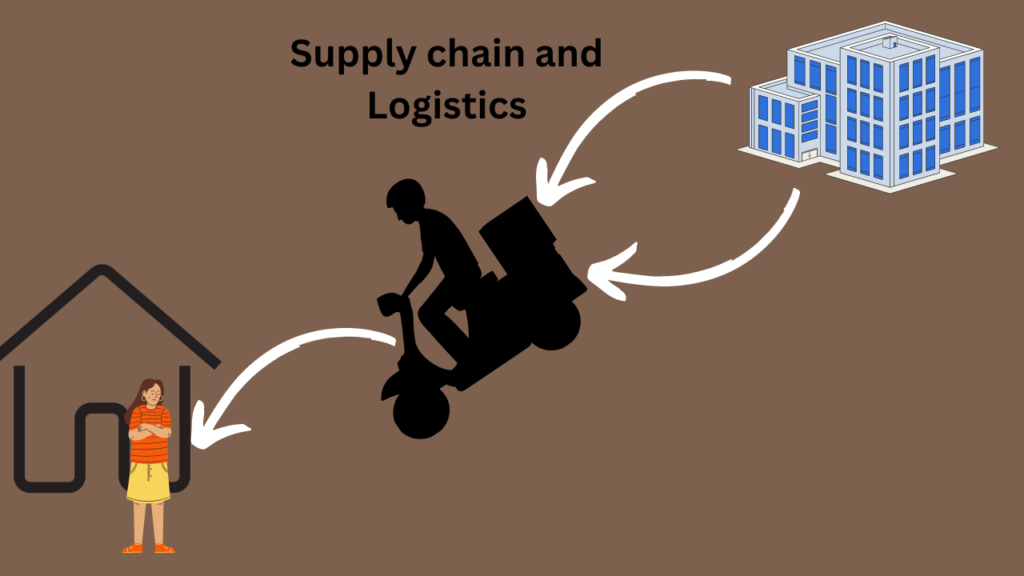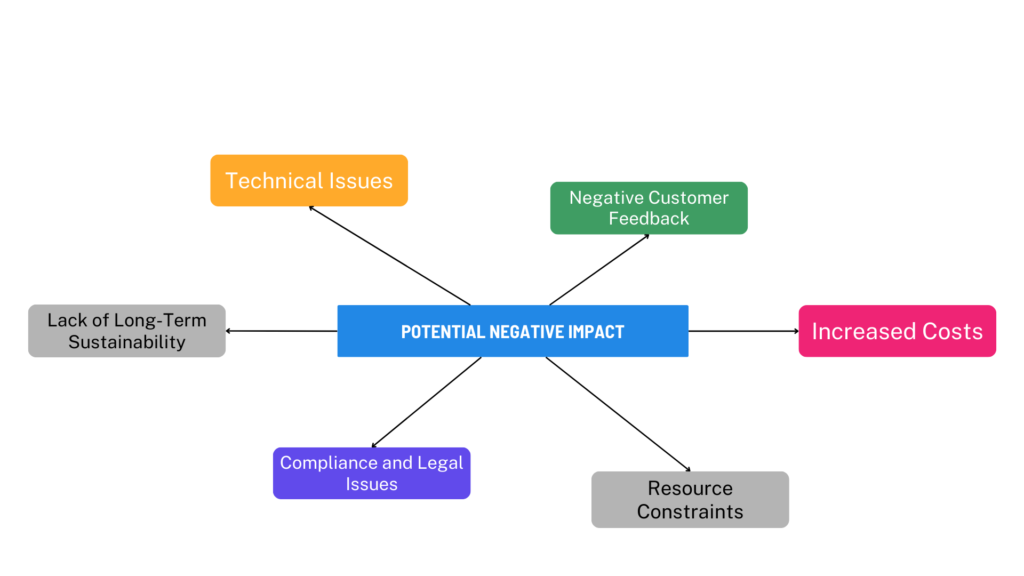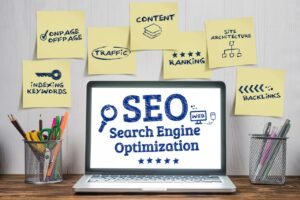Hello, My fellow reader; Welcome to my brand new blog on How to increase conversion rate Ecommerce. In this blog, we will discuss critically on the concept of E-commerce. Thus you will able to put your unique creativity on it and gradually increase your conversion rate which is our ultimate aim.
What is E-Commerce?
E-Commerce is short form of Electronic Commerce. It basically refers to buying and selling of goods (products) or services throughout the entire world by the means of Internet. It involves a wide range of commercial transactions conducted electronically, primarily through online platforms or websites. E-commerce has changed the way of buying something and revolutionised the way businesses operate and how consumers shop, offering convenience, accessibility, and a global reach.
Here I am going to mention the important component of E-commerce. Have a quick glance on it.
Online Stores: It comprises online stores where respective company show and sell their goods or services. This type of store can belong to a simple independent website to big MNC like Flipkart and Amazon.
Digital Transactions: It provides digital transactions which make the the whole process smooth for both Seller and Consumer. It allows customer to purchase goods or services online by using various different payment options, such as credit cards, digital wallets, or online payment platforms like G-pay, PayPal, etc.
Mobile Commerce (M-commerce): Now mobile phone is everywhere. It became the integral part of human life. Since it’s reach is almost all over the world, a significant portion of ecommerce transactions now takes place through mobile apps , enabling customers to shop on the go.

Supply Chain and Logistics: E-commerce also have to the manage the supply chains and logistics to exactly ensure the efficient order fulfillment, shipping, and delivery of products to customers. Delivery is the one of the important aspect of this process. We should carefully deliver the product to the consumer ;Otherwise bad customer experience can have very harsh impact on overall business. Supply chain and Logistic may include warehousing, inventory management, and last-mile delivery services.

Digital Marketing: E-commerce businesses strongly based on digital marketing strategies and tricks to attract customers, drive website organic traffic, and promote their goods and services. Digital marketing may include search engine optimisation (SEO), social media marketing, email marketing, and online advertising.
Customer Experience: Providing a seamless and user-friendly shopping experience is essential in e-commerce. This includes aspects such as website design, navigation, product descriptions, customer support, and return policies, all of which contribute to customer satisfaction and loyalty.
Data Analytics: E-commerce businesses leverage data analytics tools and techniques to gather insights into customer behaviour, preferences, and purchasing patterns. This data is used to optimize marketing strategies, personalize the shopping experience, and improve overall business performance.
Now almost every person has internet connection and they have plenty of choices for a single product with different charge variation.
Importance of Increasing conversion rate (How to increase conversion rate Ecommerce)
Increasing conversion rates is crucial for the success of an e-commerce business for several reasons:
- Higher Revenue: A higher conversion rate means more customers are completing purchases, leading to increased revenue for your business.
- Improved ROI: By increasing your conversion rate, you can improve the return on investment (ROI) of your marketing efforts. You’ll be able to generate more revenue from the same amount of traffic or marketing spend.
- Competitive Advantage: A high conversion rate can give you a competitive advantage in the market. It can help you attract more customers and increase market share.
- Customer Trust and Loyalty: A well-optimized website with a high conversion rate can build trust and credibility with customers. This can lead to repeat purchases and increased customer loyalty.
- Cost-Effectiveness: Increasing your conversion rate can be more cost-effective than acquiring new customers. By optimizing your website and marketing strategies, you can generate more revenue from your existing traffic.
- Better Insights: Monitoring and analyzing conversion rate data can provide valuable insights into customer behavior and preferences. This information can help you make informed decisions to further improve your e-commerce strategies.
- Scalability: A high conversion rate can make your e-commerce business more scalable. As you attract more traffic, you’ll be able to generate more revenue without significantly increasing your marketing spend.
Potential Negative Impact
While increasing conversion rates can have many benefits, there are also some potential negative impacts or challenges that you may encounter. It’s important to be aware of these potential issues so that you can address them proactively. Here are some common challenges:

- Increased Costs: Implementing strategies to increase conversion rates, such as offering discounts or improving website functionality, can increase costs. It’s important to carefully evaluate the ROI of these strategies to ensure they are cost-effective.
- Negative Customer Feedback: Changes to your website or marketing strategies can sometimes lead to negative feedback from customers. It’s important to monitor customer feedback and address any issues promptly to mitigate negative impacts on your brand reputation.
- Technical Issues: Making changes to your website or implementing new technologies can sometimes lead to technical issues. It’s important to test changes thoroughly and have a plan in place to address any technical issues that arise.
- Over-Optimization: It’s possible to over-optimize your website or marketing strategies, which can lead to a poor user experience. It’s important to strike a balance between optimizing for conversions and providing a positive user experience.
- Lack of Long-Term Sustainability: Some conversion rate optimization strategies may provide short-term gains but may not be sustainable in the long term. It’s important to focus on strategies that provide long-term value to your business.
- Compliance and Legal Issues: Changes to your website or marketing strategies may impact compliance with regulations such as GDPR or CCPA. It’s important to ensure that your strategies are compliant with relevant regulations.
- Resource Constraints: Implementing conversion rate optimization strategies may require additional resources, such as time, money, and expertise. It’s important to assess your resources and prioritize strategies that are feasible given your constraints.
If you want to know more tips to increase the conversion rate then follow this link




